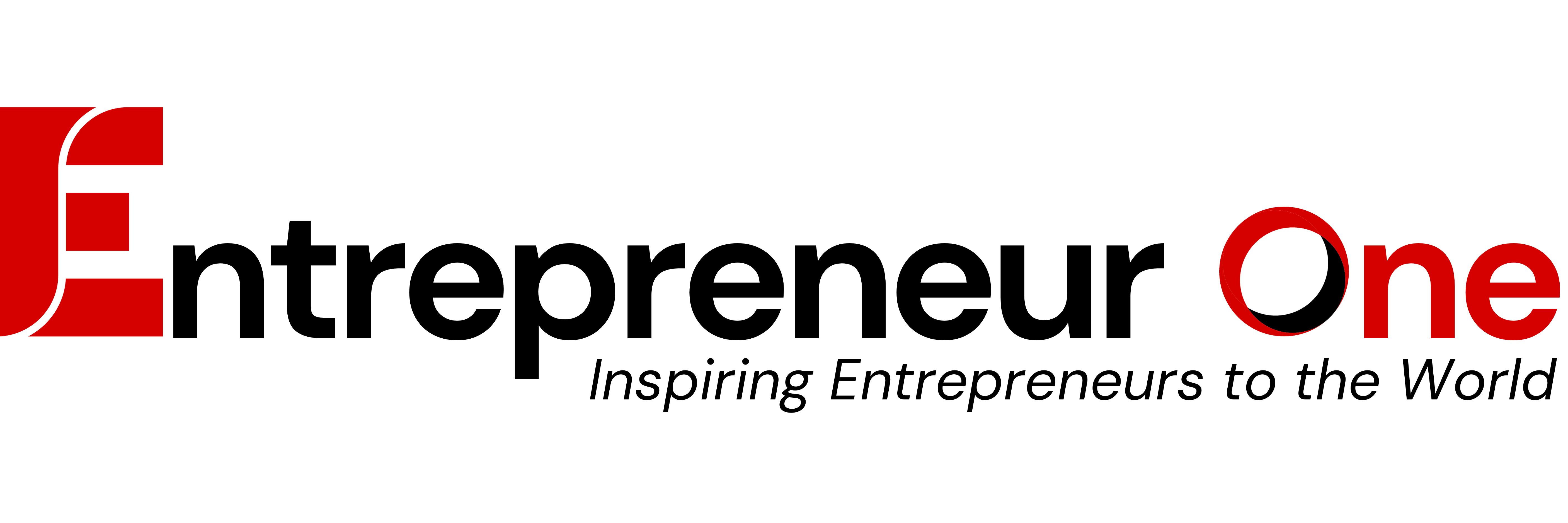Over the past decade, women have made remarkable strides in entrepreneurship, launching businesses that drive innovation and economic growth. Yet, when it comes to securing funding, female entrepreneurs face significant hurdles.
According to a 2023 PitchBook report, only 2.1% of total venture capital funding went to women-led startups. This disparity exists despite evidence that women-led businesses generate higher returns on investment than male-led ones. So why does this funding gap persist, and how are women overcoming these challenges?
Understanding the Funding Disparity
📌 The Statistics Behind Gender Bias in Funding
The numbers tell a clear story:
- A BCG study found that women-led businesses generate 1.5 times more revenue per dollar invested than male-led firms.
- Despite this, they receive only a fraction of VC funding.
- First Round Capital found that women-founded startups deliver 78 cents per dollar invested, compared to just 31 cents for male-led startups.
📌 Why Women Struggle to Secure Funding
Several factors contribute to this gap:
- ✅ Investor Bias: Many venture capitalists (VCs) are male, and they tend to invest in people who resemble past successful founders—who are mostly men.
- ✅ Risk Perception: Research from Harvard Business Review found that women are asked preventive questions (e.g., “How will you mitigate risks?”), while men are asked promotive ones (e.g., “How big can this business grow?”).
- ✅ Limited Access to Networks: Funding often comes from networks of investors, and women entrepreneurs have historically had fewer industry connections.
Alternative Funding Solutions for Female Entrepreneurs
With traditional venture capital harder to access, women entrepreneurs are turning to alternative funding sources.
1. Women-Focused Venture Capital & Funds
Recognizing the bias, several investment funds now focus exclusively on women-led businesses:
- Female Founders Fund: Invested in Rent the Runway, Maven Clinic, and other women-led companies.
- Golden Seeds: Has invested over $150 million in women entrepreneurs.
- BBG Ventures: Supports early-stage, women-founded startups in consumer tech.
These funds help break down traditional barriers by offering financial backing and mentorship.
2. Crowdfunding & Community-Based Investment
Women entrepreneurs are leveraging platforms like Kickstarter, Indiegogo, and GoFundMe, where they actually outperform men. According to an IFC report, women-led crowdfunding campaigns raise 13% more money than male-led ones.
Example: Sara Blakely, founder of Spanx, famously bootstrapped her business, avoiding the need for venture capital altogether. She later became the youngest self-made female billionaire.
3. Government Grants & Support Programs
Governments worldwide are stepping in to bridge the funding gap:
- U.S. Small Business Administration (SBA): Offers funding opportunities for women entrepreneurs.
- Women Entrepreneurship Platform (WEP) – India: A government initiative offering financial and mentoring support.
- European Investment Bank: Launched programs to increase funding for women-owned businesses.
These initiatives provide capital without the equity dilution associated with venture funding.
4. Angel Investing & Women-Led Investor Groups
Women are supporting each other through angel investing networks, such as:
- Pipeline Angels: A network of women investing in women.
- SheEO: A global ecosystem providing capital for women-led ventures.
These organizations help female entrepreneurs gain funding from investors who understand their challenges.
Strategies Female Entrepreneurs Use to Overcome Funding Barriers
Beyond alternative funding, female entrepreneurs are strategically navigating the financial landscape with innovative approaches.
✅ Building Strong Personal & Professional Networks
Women are increasingly leveraging networks like:
- Ellevate Network & Women Who Startup (for mentorship and funding connections).
- LinkedIn & Twitter to connect directly with investors and funders.
Many female founders also join startup accelerators to gain visibility, mentorship, and investor access.
✅ Financial Literacy & Business Acumen
- Programs like Goldman Sachs 10,000 Women offer business training.
- Mastering financial metrics and data-driven pitches helps counter investor skepticism.
- Women entrepreneurs are learning to craft compelling investment narratives backed by hard numbers.
✅ Partnering with Male Co-Founders (Strategic Collaboration)
- Some female entrepreneurs bring in male co-founders to bypass funding bias.
- Studies show that mixed-gender founding teams raise 30% more capital than all-female teams.
While this isn’t an ideal long-term solution, it’s a practical short-term strategy for securing funding.
Success Stories: Women Who Broke the Funding Barrier
Despite challenges, many women have successfully navigated the funding ecosystem. Here are some inspiring examples:
🚀 Whitney Wolfe Herd (Founder of Bumble)
- Raised $100M+ in funding and became the youngest self-made female billionaire after Bumble’s IPO.
- Overcame bias by securing investment from female-focused firms.
🚀 Anne Wojcicki (Founder of 23andMe)
- Secured venture funding despite industry bias against women in biotech.
- Her company is now valued at over $3 billion.
🚀 Falguni Nayar (Founder of Nykaa)
- Built Nykaa into a billion-dollar IPO success without relying on traditional VC funding.
- Focused on bootstrapping and raising strategic funding at later stages.
These women proved that funding challenges are not barriers but hurdles to overcome with resilience and innovation.
Conclusion: Paving the Way for Future Generations
The funding landscape for women entrepreneurs is evolving, but challenges remain. Women are leveraging alternative funding models, including crowdfunding, angel investing, and women-focused VC firms. They are building strong networks, improving financial literacy, and pitching with confidence. More diverse investment teams will help close the gender funding gap.
Women are no longer waiting for permission to succeed—they are creating their own financial ecosystems to thrive!
The future is female, and it is funded.















